Visual Guide to Your Nervous System

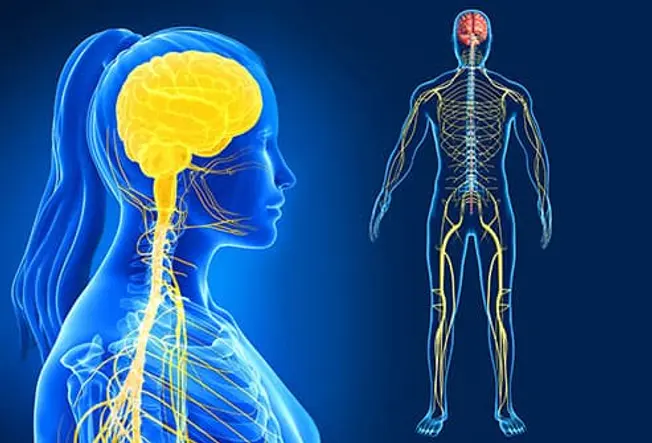
Your Command Central
Made up of billions of nerve cells called neurons, your nervous system is what lets you do everything from breathe to walk to dream. It has two main parts: the central nervous system, which includes the brain and spinal cord, and the peripheral nervous system (all the other nerves in your body).
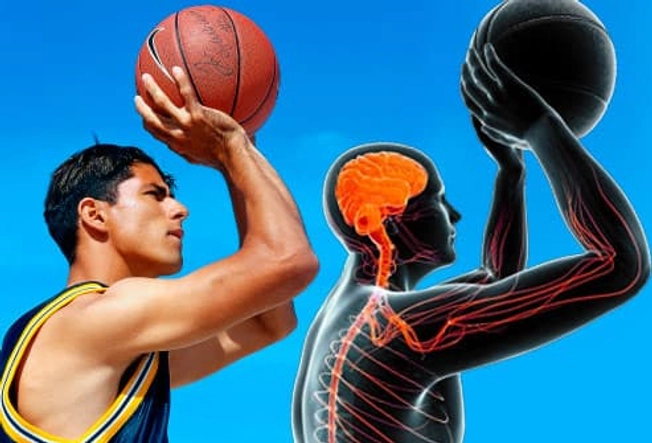
Who's Running the Show?
Your nervous system works both on autopilot and with you in control. A voluntary action is something that takes conscious thought, like when you walk or clap your hands. That uses the somatic nerves. Involuntary actions are things like your heartbeat that happen whether or not you're thinking or doing anything about it. That's the autonomic system.

Sympathetic Nervous System
This part of your autonomic system is in charge of your body's "fight or flight" response. When you come across a threat, your sympathetic nervous system kicks into gear, quickly changing body processes like your breathing and heart rate so that you have extra energy and are ready to face the danger or run away.

Parasympathetic Nervous System
The other part of your autonomic system has the opposite effect. It's the brake pedal to the sympathetic nervous system's gas pedal. It takes over with the "rest and digest" response to bring you back to normal after the danger has passed.

Don't Drain Your Brain
Stress that doesn't let up leaves your sympathetic nervous system on alert. And over time, that can lead to you losing your mental sharpness. You may take longer to react to things and make more errors. (High levels of stress also affect your physical health, including weakening your immune system and raising your chance of heart disease.)
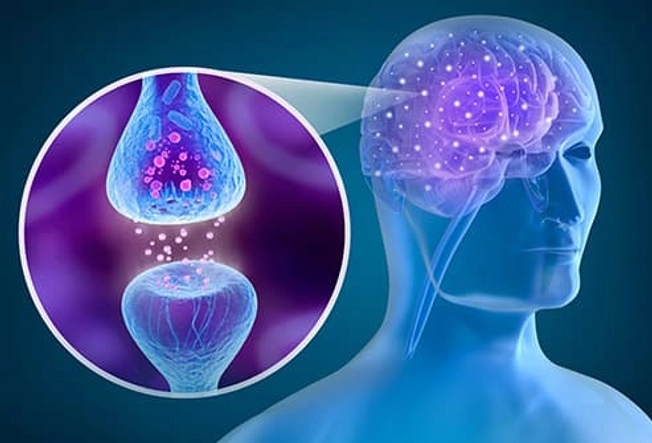
Neurons
They're how your brain and body "talk" to each other. These nerve cells use special parts to communicate. The axon releases a chemical called a neurotransmitter that's picked up by the dendrite of another neuron, where it's turned into an electrical signal. Sensory neurons respond to things like sound, smell, and touch and deliver the info to your brain. Motor neurons bring messages from your brain to your muscles.

Glial Cells
These cells get their name from the Greek word for "glue." They surround, support, and cushion the neurons in your brain and spinal cord. But that's not all. Researchers are beginning to understand the role glial cells play in how the brain works, neurological diseases, and more. For instance, some are for support and nutrition and help maintain an appropriate chemical environment for neuron signaling. Others clear debris and dead neurons and help repair injuries involving the nervous system.
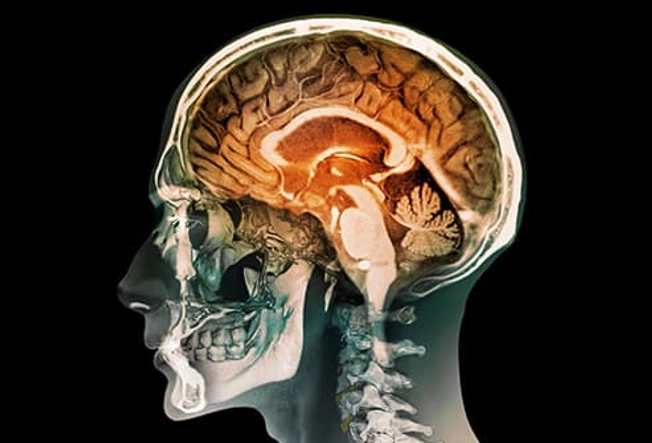
Brain
This incredibly complex and vital organ is made up of 100 billion or so neurons. It controls your movement, speech, heartbeat, and breathing. And it's the root of all your thoughts and feelings. Around the size of two clenched fists and weighing in at about 3 pounds, it's protected by your skull and the fluid it floats in.
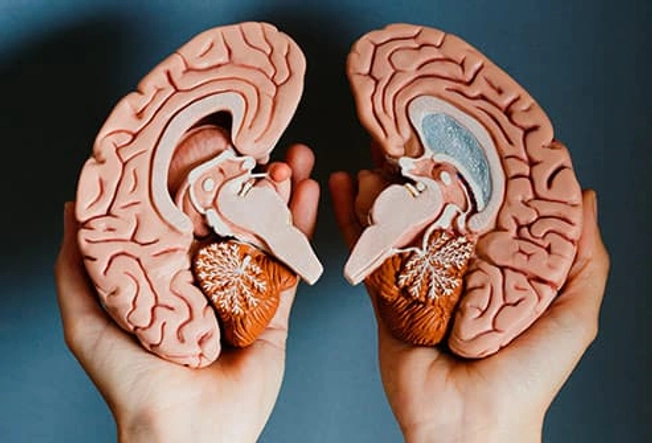
Cerebrum
The largest part of the brain is divided into two halves called hemispheres. The left one, which controls the right side of your body, handles speech for most people. It also controls logic, math calculations, and pulling facts from your memory. The right hemisphere, which controls your left side, is also in charge of music, recognizing faces, and understanding your body's position relative to what's around you -- what's known as spatial awareness.
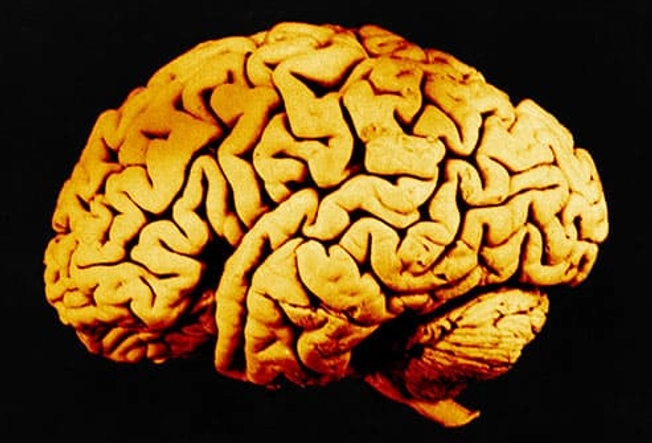
Cortex
The outermost layer of the cerebrum has many wrinkles and folds. This is where you'll find your brain's "gray matter," which processes information.
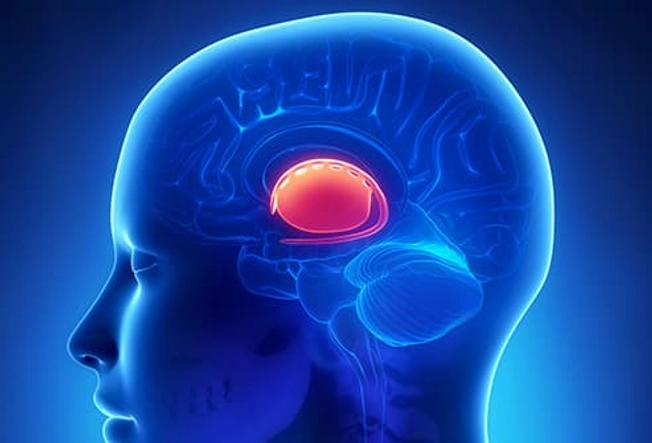
Basal Ganglia
You'll find this network of circuits deep inside the hemispheres of your brain. The basal ganglia coordinate movement, behavior, and emotions. They make things that happen in sequence possible, like walking and dancing, learning patterns, forming habits, and stopping activities then starting new ones. Damaged basal ganglia cause Parkinson's and Huntington's diseases.
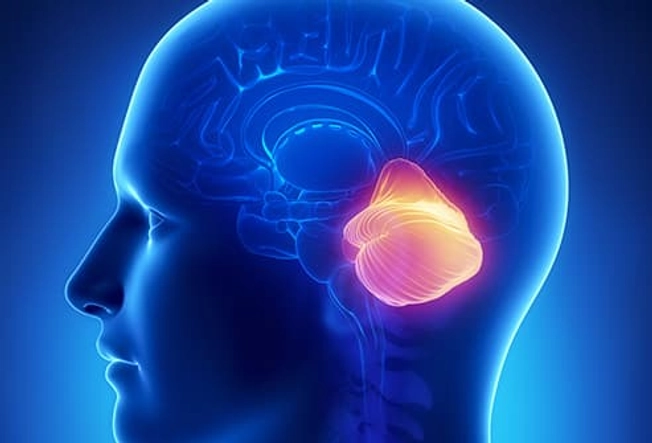
Cerebellum
Your cerebellum oversees complicated movements, posture, and balance. It coordinates different muscle groups and fine-tunes movements with practice, like hitting a golf ball or hockey puck. Because of it, walking can be a smooth, continuous motion.
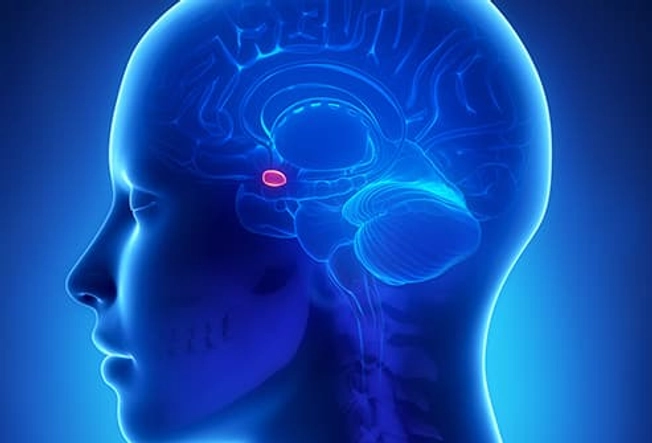
Amygdala
This almond-shaped area is responsible for your emotions and some behavior. It's believed your amygdala helps you do everything from form memories to pick up on social cues. It sounds the alarm that triggers your body’s "fight or flight" response to danger.
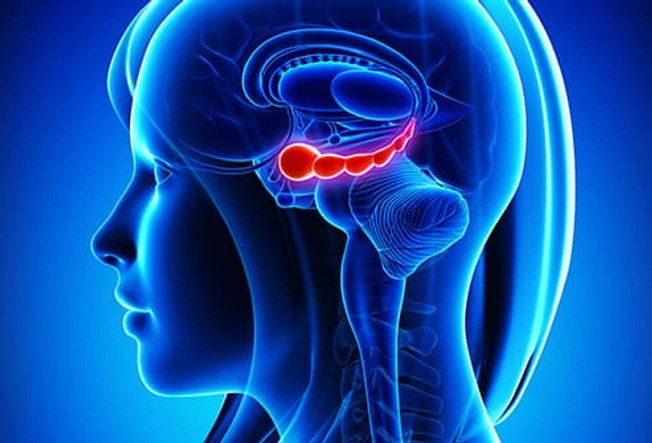
Hippocampus
You have one on each side near the center of your brain. They help you learn and remember important who, what, and where details -- like your boss's name and the location of your house -- and turn short-term memories into long-term ones. It's one of the first areas damaged by Alzheimer's disease.
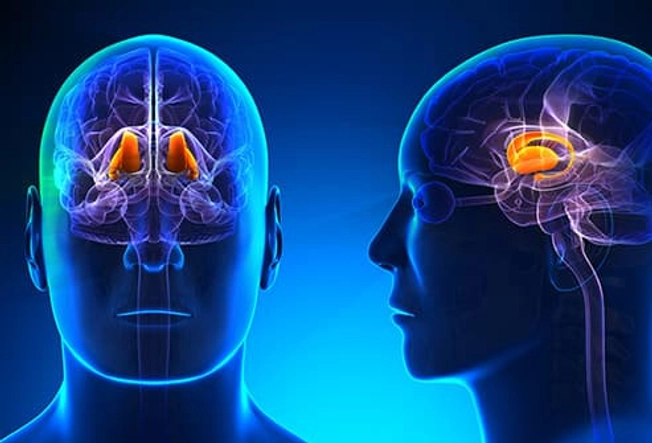
Thalamus
The top part of your brain stem is kind of like a post office for your senses. It gets signals related to sight, smell, hearing, taste, and touch and passes the information to other parts of your brain.

Pons
This key relay station is the middle part of your brain stem and a bridge between the cerebrum and the cerebellum. It's the origin of nerves that control facial expressions, eye movement, and bladder control. And it's probably where your dreams happen.
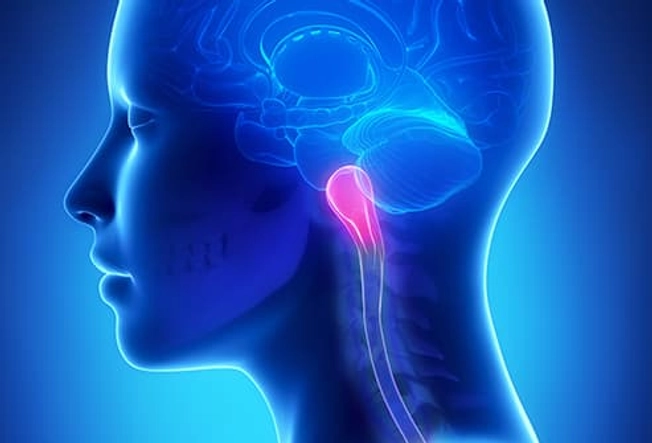
Medulla Oblongata
Your medulla handles the autonomic things you don't think about, like your breathing, blood pressure, and heart rate. It also plays a major role in chewing and swallowing as well as breathing. It's found at the bottom of the brain stem, where it helps transfer signals between the brain and spinal cord, too.
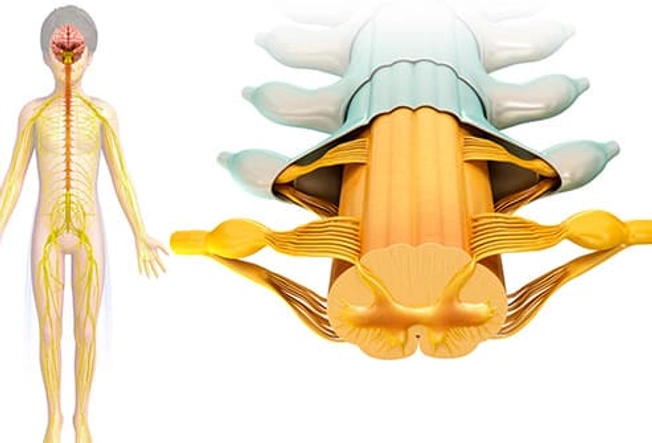
Spinal Cord
It's probably smaller than you think: about 17 inches long (the diagonal of a large laptop screen) and less than 1/2-inch wide, thinner than an adult's finger. It runs from the base of your brain down your back, surrounded by bones called vertebrae. Bundles of nerve fibers, protected by tissue and fluid, carry information back and forth from your brain to your body.
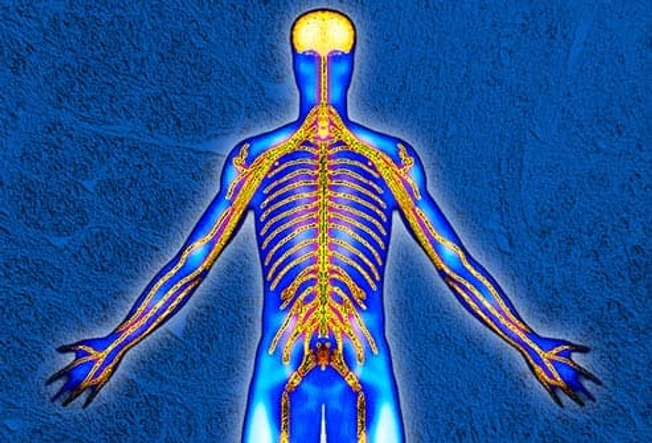
Peripheral Nerves
If the central nervous system is the main office, the peripheral nervous system is the workers out in the field. There are 12 cranial nerves that connect to the brain, including ones that let you smell, see, smile, and swallow. Another 31 pairs of nerve roots (one sensory, one motor) branch out from your spinal cord between the vertebrae. The sciatic nerve is the largest single nerve. It goes from your pelvis down the back of your thigh.

Enteric Nervous System
When someone talks about your "second brain," this is what they're referring to. It's a separate network of more than 100 million nerve cells that line your gastrointestinal tract and control the process of digestion, like moving stuff into your stomach (and out at the end), breaking down food, and absorbing nutrients.

Diseases and Conditions
Infections, injuries, poisons, even high blood sugar can harm parts of your nervous system. Stroke, meningitis, polio, migraine, carpal tunnel syndrome, epilepsy, MS, and shingles are all nervous system disorders. Doctors who treat them are called neurologists.
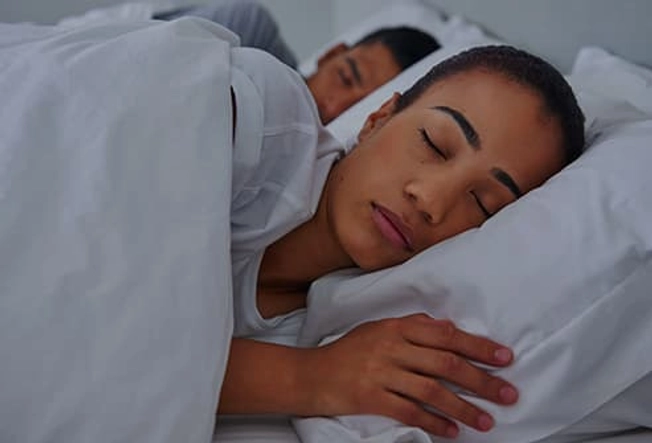
Healthy Habits
Taking care of yourself in general will also help your nervous system. Get plenty of sleep. Don't smoke. Find ways to relax. Exercise has an anti-aging effect on the brain and can protect against memory loss. Eat well, with lots of veggies, fruits, and omega-3s; cut back on carbs, and avoid sugary foods and saturated and trans fats. Spend time with friends and learn new skills to help your brain work better.